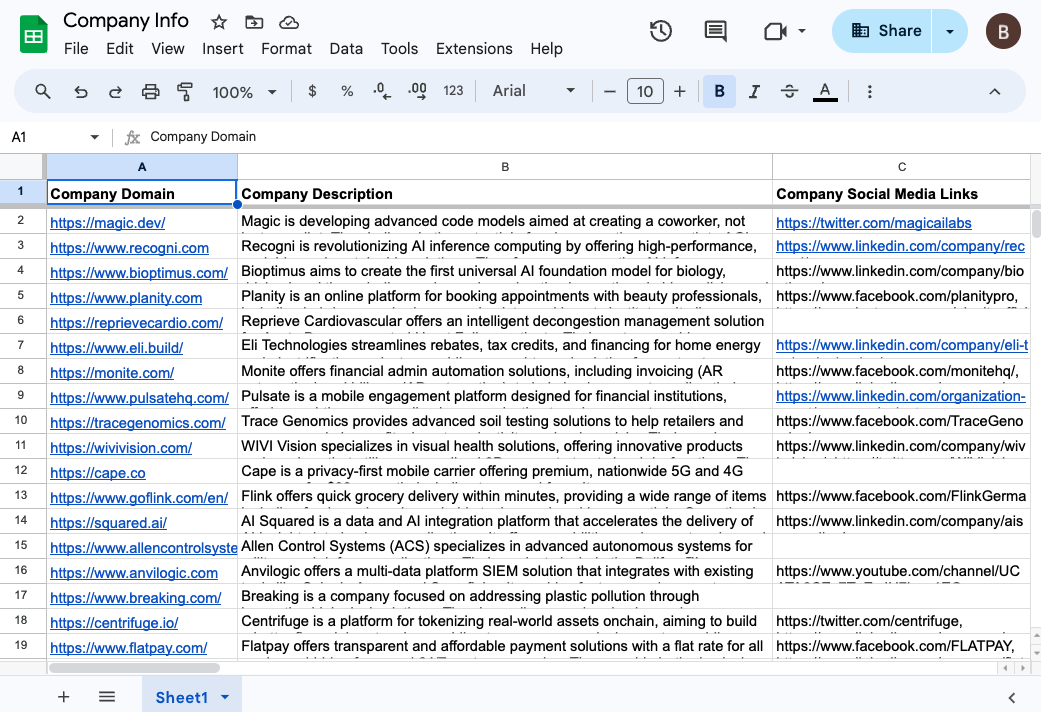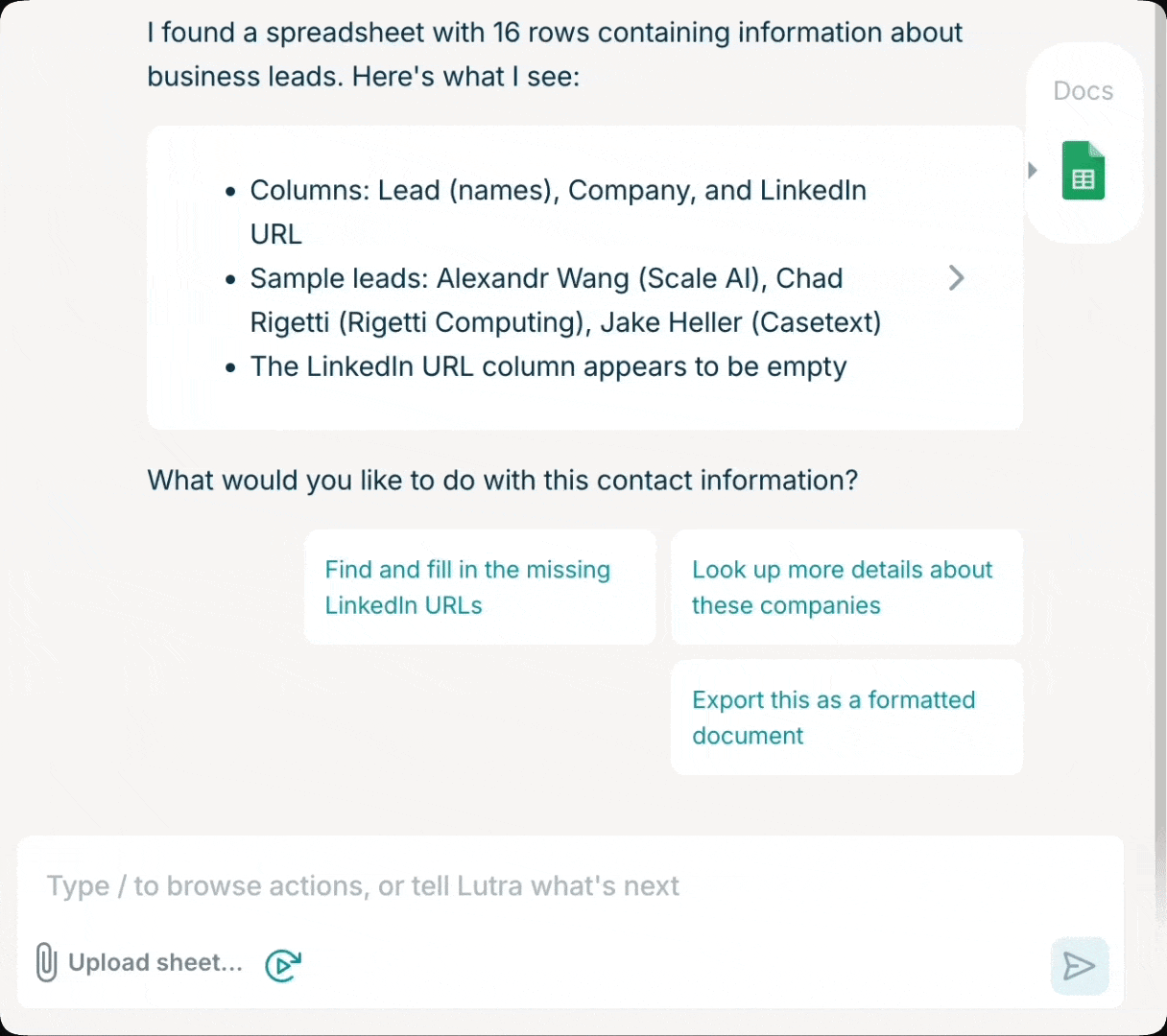What are OODA loops for AI Agents?
When we talk about AI agents, it’s easy to focus on how “intelligent” they seem; they can accurately classify images or respond to user questions. But true intelligence isn’t just about retrieving and answering questions. It’s about using that knowledge to make effective decisions and take actions in real time.
That’s where the OODA loop comes in. OODA stands for Observe, Orient, Decide, and Act. Originally coined by U.S. Air Force Colonel John Boyd for improving combat strategy, OODA helps anyone, even AI agents, adapt to different environments and make good decisions. We’ll explore how this concept applies to modern AI systems.
AI agents operate in unique and constantly evolving environments, requiring them to adapt their strategies through the OODA loop, which emphasizes observation and orientation to specific conditions. This framework also enables agents to effectively handle unexpected outcomes, allowing them to learn from errors and improve decision-making in real time.
What are the elements of OODA for AI agents?
Observe - Gather all data from available sources
The AI agent gathers all relevant information it needs to understand the current situation, such as the CRM system’s configuration, recent emails, important documents, spreadsheets, and Airtable schemas. By collecting these details, the agent ensures it has a comprehensive view of its environment before taking any further steps.
Orient - Analyze information and create action plan
Next, the agent interprets this information by generating a concise, human-readable plan in English, outlining potential next steps and objectives. Modern reasoning models perform this reasoning process as a chain of thought behind the scenes, ensuring the agent’s internal logic is transparent to itself (even if not directly shown to users).
Decide - Choose specific steps to execute plan
With that plan in mind, the agent determines how to carry it out by generating the specific code or API calls, or by prompting the user for more details if needed. By focusing on the immediate goal and relevant constraints, it ensures each decision serves a clear purpose and aligns with user needs.
Act - Implement chosen solution and assess results
Finally, the agent executes the chosen action (e.g., updating CRM records, modifying spreadsheets, or adjusting an Airtable table) to move the process forward. Once the action is complete, it observes the result and restarts the loop if necessary, continuously refining its approach based on any new data or changes.
Why OODA Matters for AI Agents
Every environment is unique
AI agents often deal with a wide variety of setups across different companies and scenarios—ranging from CRM systems to custom databases, from one-off spreadsheet formats to entire knowledge bases. No two environments are exactly the same, which means the agent can’t rely on a single static approach. By following the OODA loop, it can observe the specific setup at hand and orient itself accordingly before taking any action.
Environments constantly evolve
Even within a single environment, nothing stays the same for long. New emails arrive, databases get updated, schemas evolve, and users change their minds about requirements. The OODA loop encourages AI agents to re-check conditions on each pass, making them better prepared to adapt in real time. If a database schema suddenly changes, for example, the agent’s next “Observe” step will catch that, and the “Orient” phase will help it plan a new way forward.
Actions can lead to unexpected outcomes
Sometimes, taking an action triggers errors, unexpected side-effects, or new information. When an agent encounters these surprises—maybe an API call fails or a newly updated record reveals missing data—the OODA loop framework guides it to observe what happened, orient itself to these new conditions, decide how to handle them, and act again. This continuous, adaptive cycle helps the agent learn from each outcome and improve decision-making on the fly.
An Inside Look at how Lutra applies OODA to Agents
What to Observe
When our AI agents begin their process, they start by gathering only the data they truly need. For spreadsheets, rather than pulling every row, we focus on just the first three to five rows along with the key headers and sheet names. That way, the AI gets a clear snapshot of how the data is structured without overwhelming its context window. For platforms like Airtable or HubSpot, we include details on the schemas and custom properties—names, data types, and any other relevant configurations. Providing just the right amount of information allows the AI to adapt effectively to different sources and ensures that it won’t try to push data into the wrong fields or tables.
How to Orient
Once the AI has this foundational information, it forms an internal plan (often called its chain-of-thought) to determine its next steps. We have it outline the strategy in plain English so that both developers and end users can see what it’s trying to accomplish. If anything seems off, the user can intervene and guide the AI to a better approach before it moves forward. Additionally, the AI knows when to pause and ask for clarification if it detects missing data or confusing instructions, helping to avoid unwanted surprises or errors later in the workflow.
How to Decide and Act
After the AI has oriented itself, it’s time for action. Rather than limiting the agent to a single function call, we empower it to generate full code. This approach—sometimes called CodeAct —lets the AI handle multiple steps in a sequence. It might pull data from one spreadsheet, update a record in HubSpot, then circle back to Airtable to run additional queries, all in one cohesive script. Being able to stitch together several actions not only saves time but also keeps the AI flexible enough to tackle complex tasks without needing someone to manually chain everything together.
How to Observe the Results
After executing these steps, the AI checks what actually happened. It does this by writing out key logs or print statements to see if each step succeeded, partially succeeded, or failed. Because large language models can’t always re-ingest large amounts of text, we only feed back the most critical pieces of information—like error messages or unexpected outputs—so the AI stays focused on what matters most. If something goes wrong, the agent adapts on the fly, re-thinking its strategy in response to real-time feedback.
AI <> Computer Interface Design
Integrating an AI agent with existing software systems requires novel systems design, with many open questions around how data is accessed, decisions are made, and actions are carried out.
By using the OODA framework—where the AI continuously Observes available data, Orients itself through structured reasoning, Decides on a course of action, and Acts based on real-time feedback—we ensure the AI doesn’t just function in isolation but stays in sync with changing software environments and user needs.


